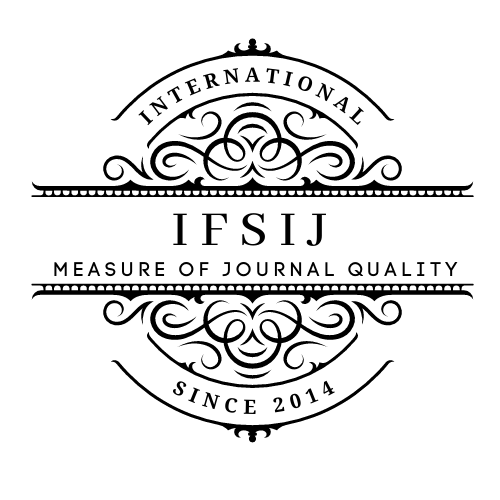THE IMPORTANCE OF THE TACTIC OF TRANSURETHRAL ENDOSCOPIC TREATMENT OF BLADDER DIVERTICULUM
Keywords:
diverticulae, transurethral resection, benign prostatic hyperplasia, bladder resection.Abstract
In clinical practice, bladder diverticulae are rare. Although there are no statistics on the prevalence of this disease, it has been noted that men have 15 times more cases than women. This condition is associated with diseases of the prostate gland that cause infrared obstruction. In most cases, bladder diverticula do not require surgical treatment. The need for it arises in the presence of residual urine, stones, tumors in the cavity of the diverticulum with pressure from neighboring organs and tissues. Until now, open surgical interventions aimed at removing the diverticulum of the bladder have been and remain the main methods of treating this disease. These interventions usually involve resection of the bladder or plastic of the diverticulum neck. Traditional operations for bladder diverticulae are usually traumatic and long-term, which does not allow them to be performed in patients with severe general condition. The development of medical technologies, the introduction of new equipment and equipment led to the increasing use of transurethral endoscopic operations in the treatment of diseases of the lower urinary tract. High efficacy, low invasiveness, low number of complications allow surgical endoscopic interventions in older patients, often with severe concomitant diseases. In particular, transurethral resection with hyperplasia of the prostate gland is recognized today as the “gold standard” in the surgical treatment of this disease.
Downloads
Published
How to Cite
Issue
Section
License

This work is licensed under a Creative Commons Attribution-NonCommercial-NoDerivatives 4.0 International License.















